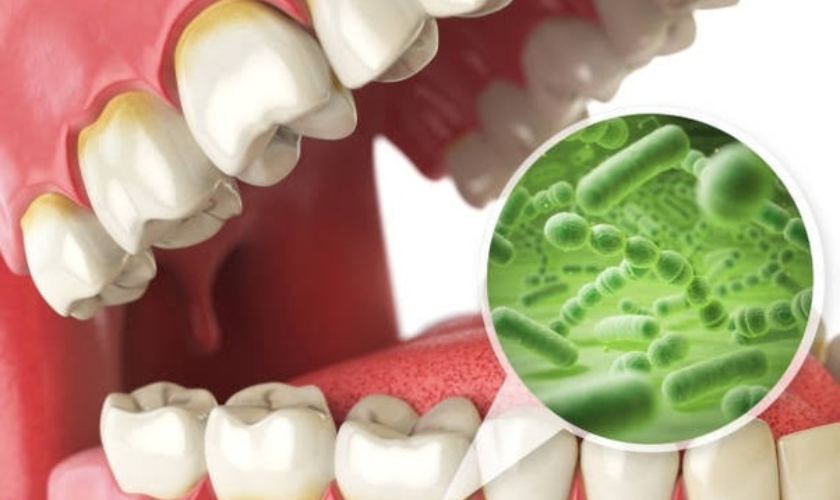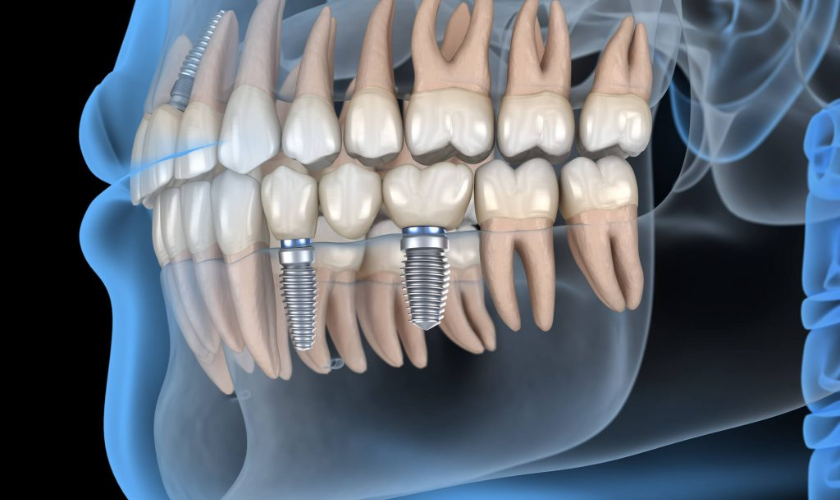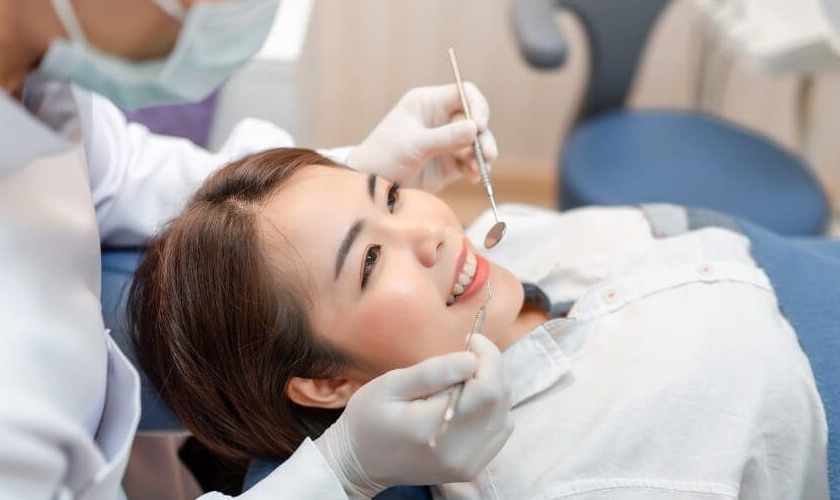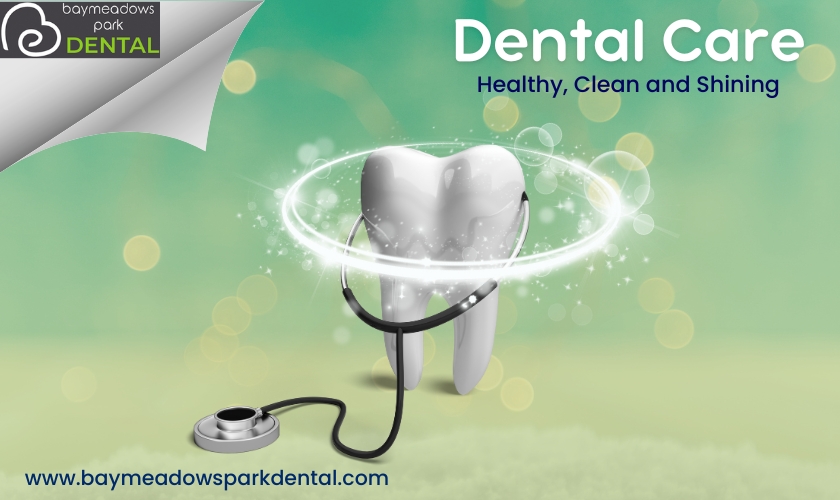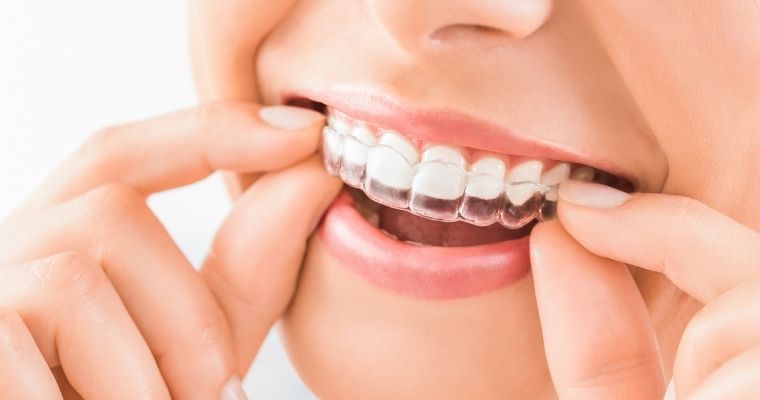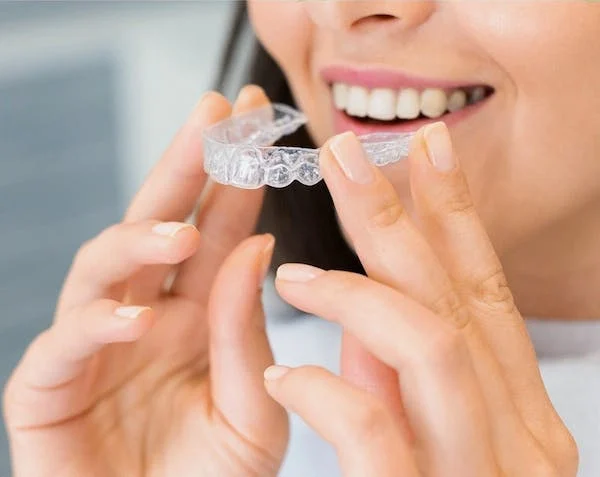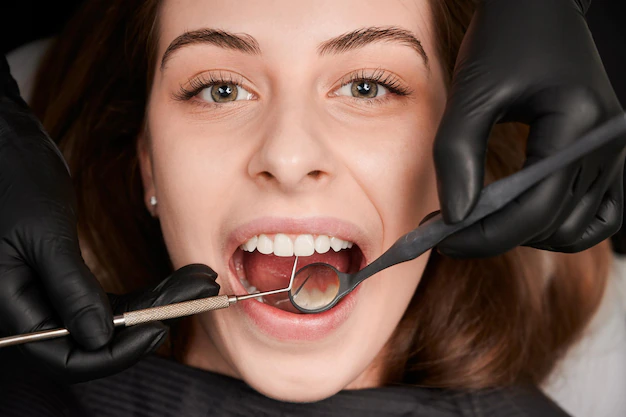Halloween brings on all the sweet treats, and while it’s fun, it’s no secret that all that candy can sometimes lead to a cracked tooth or other dental mishaps. One wrong bite into a hard caramel or candy corn can cause unexpected tooth trouble. Thankfully, emergency dentistry helps on Halloween to handle these sudden issues, so you can go back to enjoying your spooky festivities without missing a beat. Here’s how emergency dental care has your back when Halloween treats don’t go as planned!
Halloween Candy Hazards: What Can Crack a Tooth?
Halloween candies come in all shapes and textures, and some are tougher than others. Think jawbreakers, sticky toffees, and crunchy nut-filled chocolates—they might look harmless but can be seriously rough on your teeth. When you sink your teeth into them, they can chip, crack, or break. Cracked teeth may cause immediate discomfort, especially when eating or drinking, but if left untreated, they can lead to bigger dental problems down the road. That’s why emergency dentistry helps on Halloween, offering quick solutions to ease pain, repair damage, and prevent further issues.
Emergency Dentistry to the Rescue: How It Helps on Halloween?
A cracked tooth can turn a sweet night into a scary one, but emergency dentistry helps on Halloween by providing essential treatments to relieve pain and prevent further damage. Here’s how it works:
- Pain Management
The first priority with any dental emergency is to control pain. Emergency dental teams know that no one wants to spend Halloween night in discomfort. With gentle care and quick action, they help alleviate pain and stabilize the tooth until a more permanent fix can be applied. - Preventing Further Damage
When a tooth cracks, the risk of it worsening is high, especially with more candy on the horizon. Emergency dentists act quickly to prevent small cracks from becoming big problems, often using dental bonding to protect the tooth’s structure. - Long-Term Solutions
After stabilizing the cracked tooth, emergency dentists work on solutions to restore the tooth’s appearance and function. This might involve crowns, bonding, or other treatments, ensuring that Halloween mishaps don’t haunt your smile for the rest of the year.
Why Emergency Dentistry Helps on Halloween More Than Ever?
Halloween is prime time for dental emergencies, but knowing that emergency dentistry helps on Halloween can bring peace of mind. The good news is, whether it’s day or night, emergency dentists are prepared to provide care when needed. By offering fast, reliable treatment for cracked or broken teeth, emergency dentistry makes Halloween a lot less frightening for those who run into candy-induced dental issues.
Preventing a Halloween Dental Disaster
While emergency dentistry helps on Halloween, prevention is the best approach. Here are some tips to keep teeth safe as you indulge in Halloween treats:
- Choose Softer Treats: Opt for softer candies like chocolates that don’t have hard or sticky textures.
- Limit Candy Bingeing: Spreading out candy consumption throughout the day reduces stress on your teeth.
- Stay Hydrated: Drinking water helps wash away sugars and prevent them from sticking to your teeth.
- Brush and Floss: After enjoying your Halloween candy, be sure to brush and floss to remove any sugar particles that could lead to tooth decay.
Even with these precautions, accidents can happen, which is where emergency dental care in Baymeadows becomes invaluable.
What to Do if You Crack a Tooth This Halloween?
If you crack a tooth while enjoying Halloween candy, it’s important to act quickly. First, rinse your mouth with warm water to clean the area. If there’s swelling, apply a cold compress to the outside of your cheek. Try to avoid eating on the affected side until you can get help. Don’t ignore it—contact your emergency dentist. Remember, emergency dentistry helps on Halloween to restore cracked teeth before they turn into bigger problems.
Get Back to Celebrating
Cracked teeth can feel scary, but emergency dentistry has you covered. Fast action can make all the difference in restoring your smile and saving your teeth. Once the emergency dentist addresses the issue, you can return to your Halloween celebrations without the worry of ongoing dental issues. And if you’re looking to safeguard your smile, emergency dental care in Baymeadows, FL, is a reliable option that ensures your teeth are well taken care of, even when things go bump in the night!
Keep Your Smile Bright This Halloween
Halloween is a fun time for costumes, trick-or-treating, and, of course, candy, but keep in mind the impact certain treats can have on your smile. It’s always smart to be prepared, knowing that emergency dentistry helps on Halloween when it comes to fixing unexpected issues. And, if you want to keep your teeth strong and healthy beyond Halloween, focus on good oral hygiene basics and regular check-ups. A little prevention goes a long way in making sure that Halloween remains fun and spooky rather than painful.
Halloween is a time for frights, not for dental issues. Knowing emergency dentistry helps on Halloween can make all the difference, keeping your smile intact and ready for every scary story and spooky costume! Halloween mishaps don’t have to haunt your smile, and with emergency dental care, cracked teeth from candy won’t stand a chance. So, grab those treats and celebrate Halloween worry-free!


